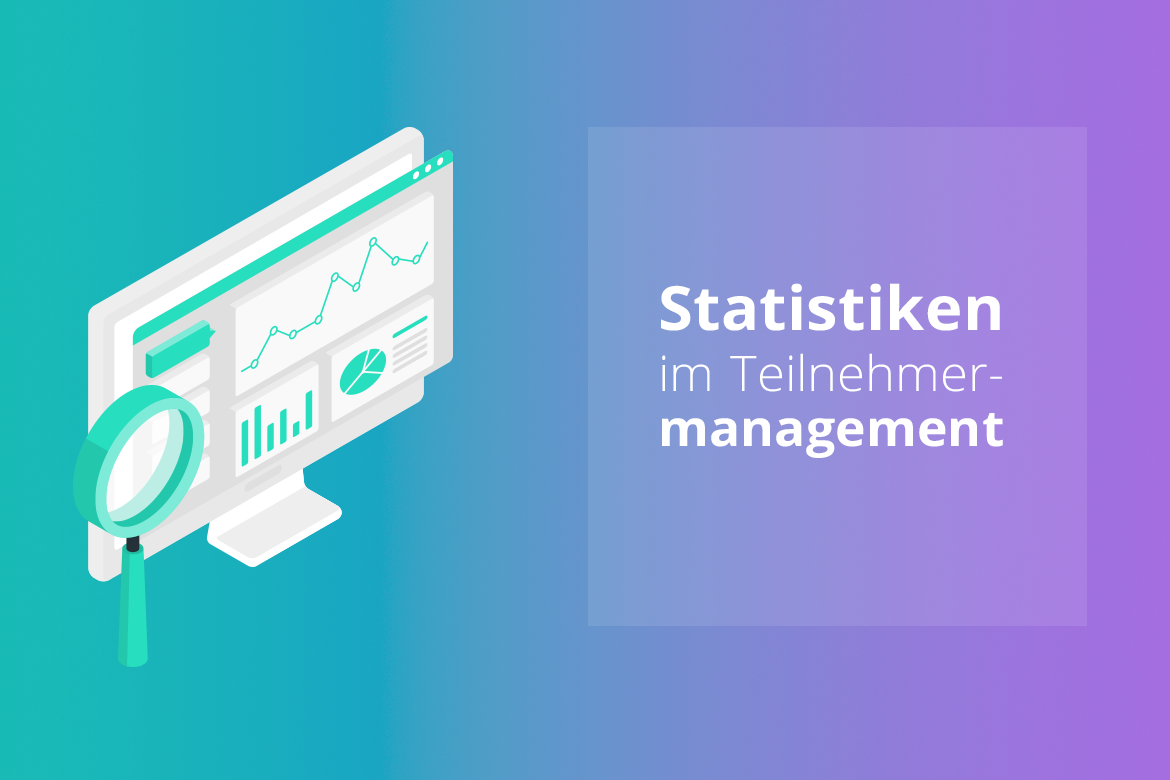How many registrations have already been received? Who canceled? How many accompanying persons were registered? And what is the no-show rate? A successful event always includes monitoring and evaluating the individual process steps. Statistics collect and visualize the data collected during event planning.
In particular, the Participant management generates a useful data set that facilitates and supports the work of event managers.
With AirLST, you have the most important stats Always keep an eye on your event: they will be shown to you right above the guest list. After sending your invitations, for example, you can see how many of your messages couldn't be delivered. In addition, you can see why the delivery was not successful so that you can intervene in a regulatory manner.
The statistics therefore provide a quick overview of important figures and processes that you can use to adjust your project. Is the response rate during the Invitation process low, an additional reminder can then be sent, for example. Even after the event, the statistics collected are the basis for a comprehensive evaluation of the event.
In particular, the no-show rate should be carefully evaluated with regard to future events. This rate includes attendees who don't show up for your event. However, this does not mean those who cancel or never get back to you, but those who promise and then never get checked in.
There are many reasons for this and a high no-show rate damages the event in the long term. Empty seats do not make a good impression on the guests present; potential guests may have been cancelled unnecessarily or the catering could have been calculated less extensively. The effects of a high no-show rate should not be underestimated. It is therefore important to look at the factors that can be influenced and to correct them.
Events that do not cost admission have the highest no-show rate. Many participants sign up here and then spontaneously decide whether they are actually going there. When it comes to free events, there is talk of no-show rates of between 40 and 60%. The two obvious remedies on the other hand are: overbooking and admission prices.
Other reasons for high no-show rates include the accessibility of the event location, the target group, the weather or competitive events.
The collection of statistics therefore plays a decisive role in event planning in order to be able to make short-term adjustments and optimize processes in the long term.

From a small master party to a hybrid dealer conference. From unique use cases to group-wide event software. Benefit from the experience gained from thousands of events organized by a wide range of customers.
Plan your own events with up to 50 guests — including landing page, email delivery and ticket scan.
Try it now